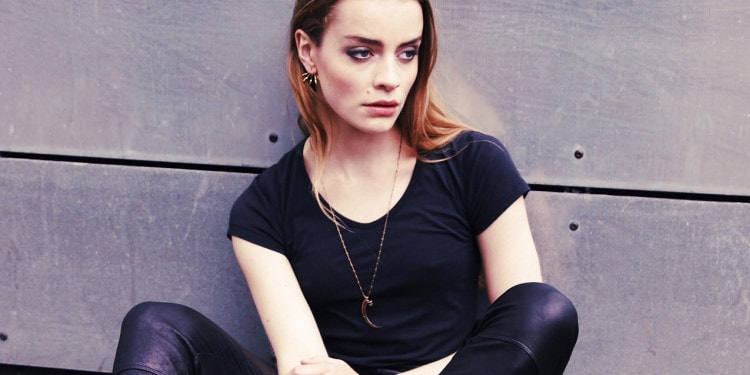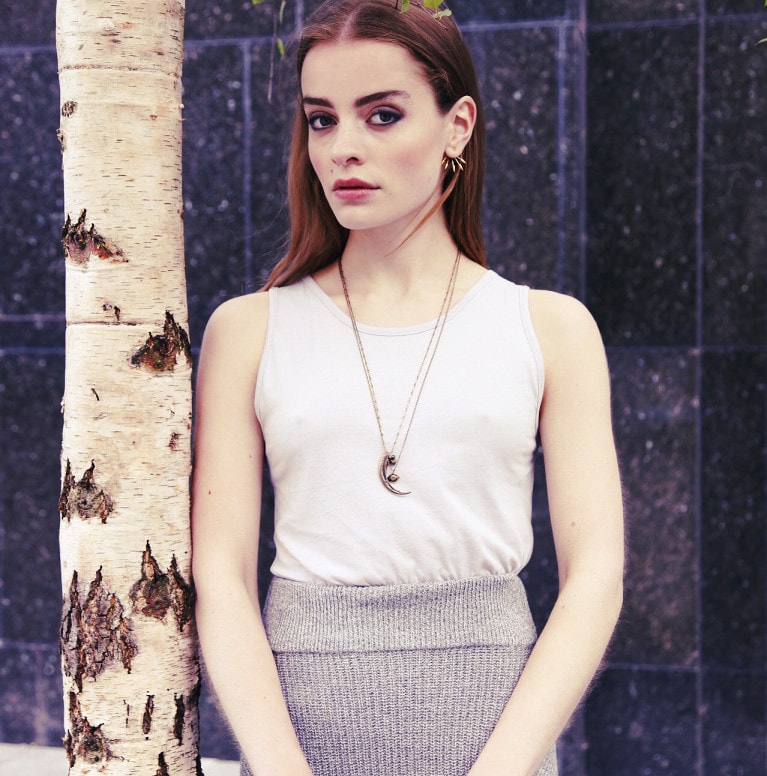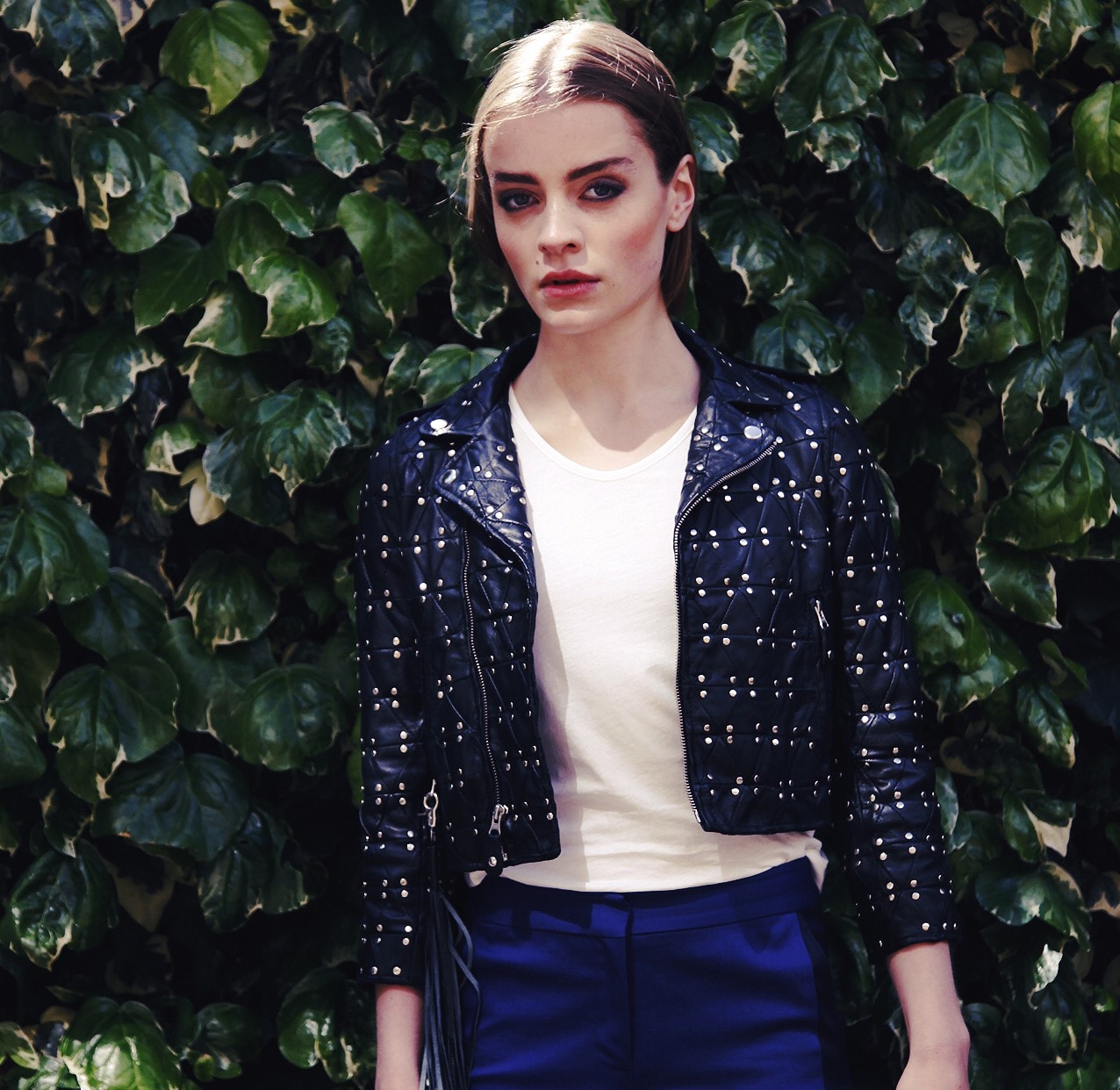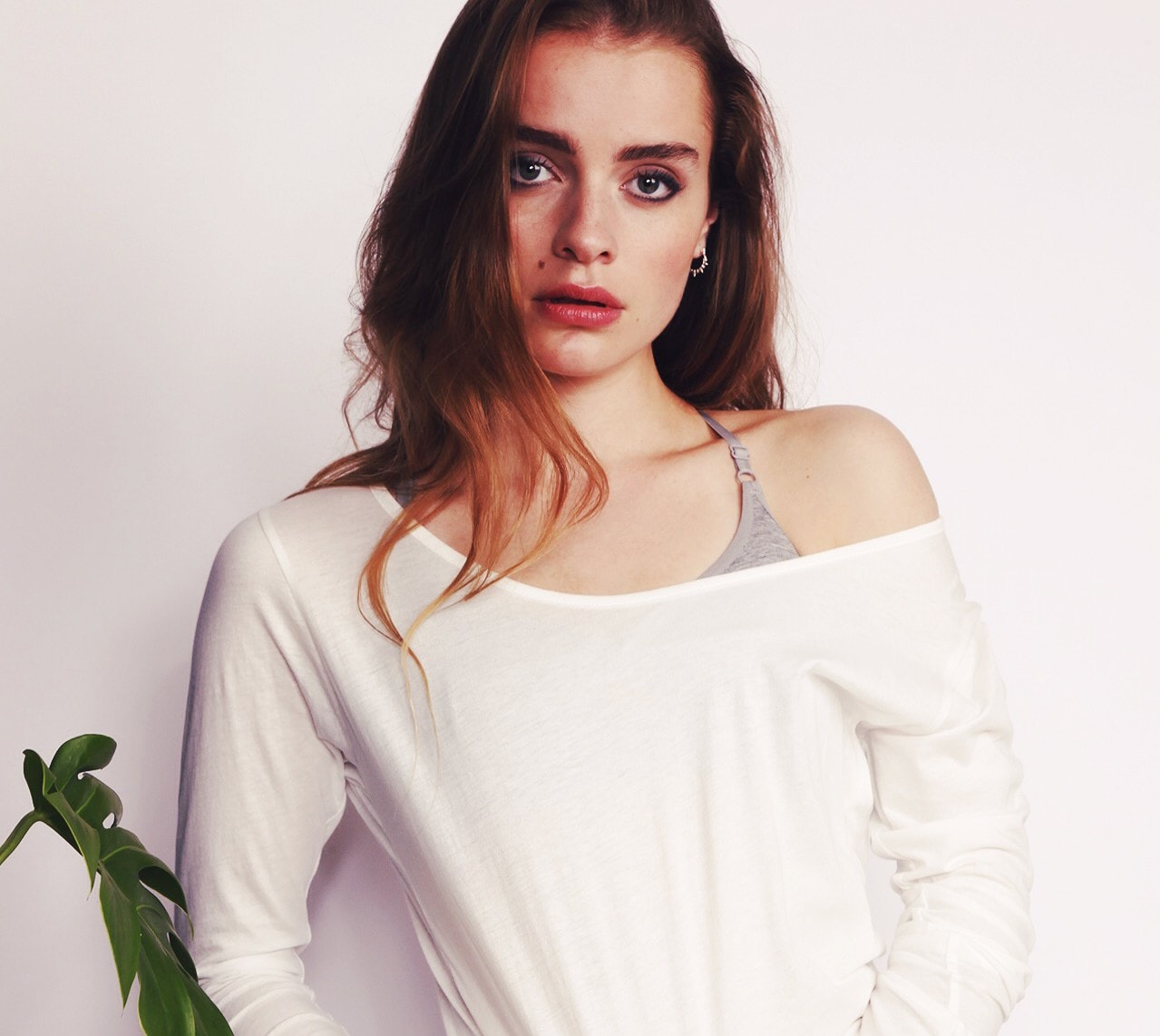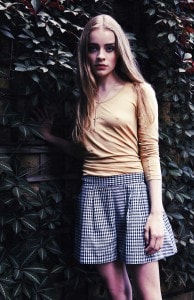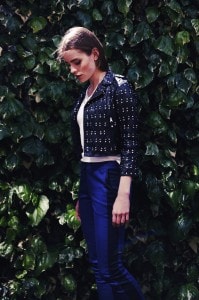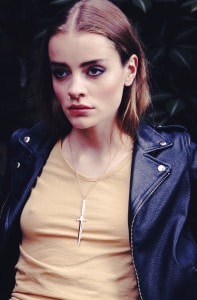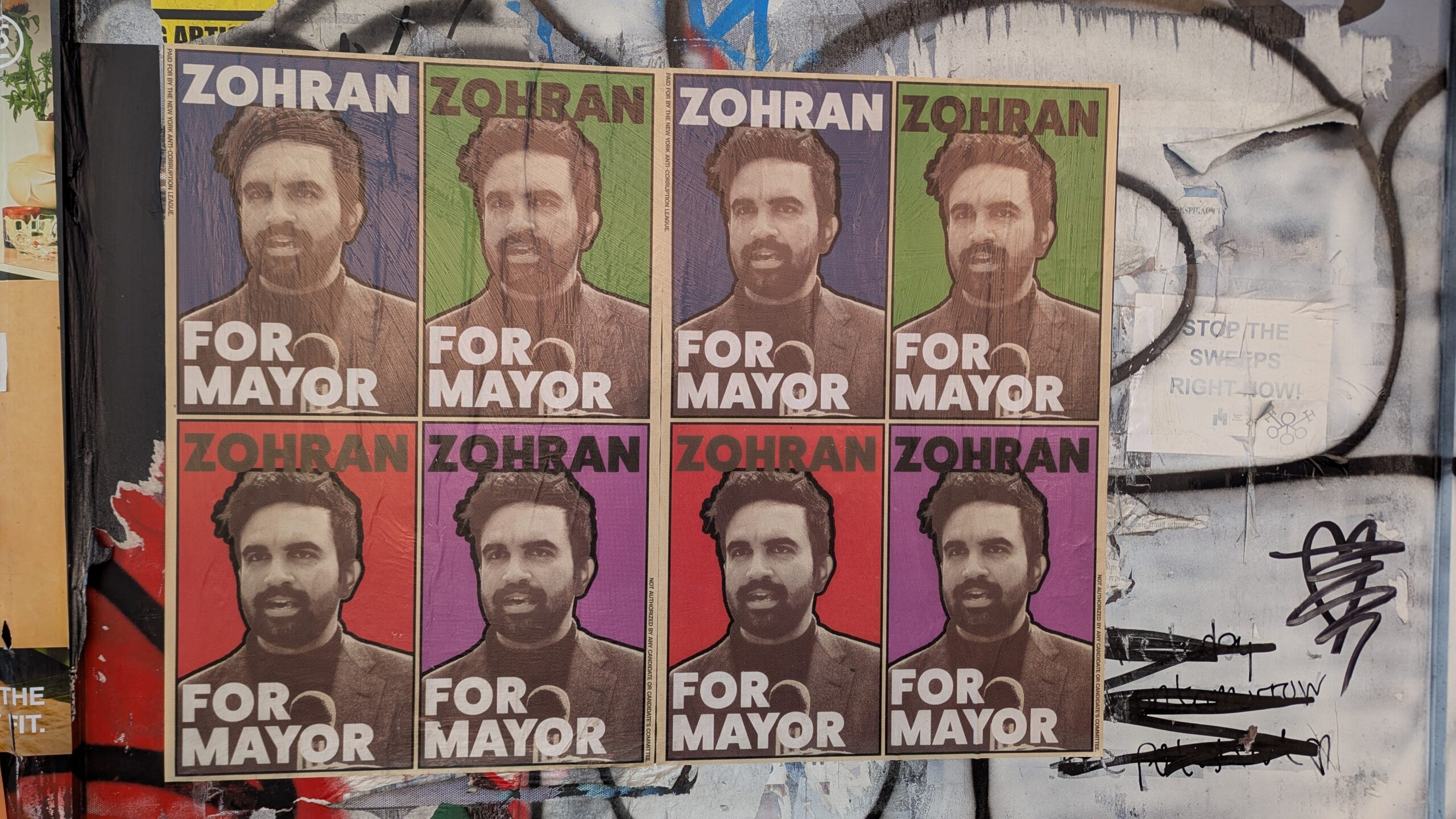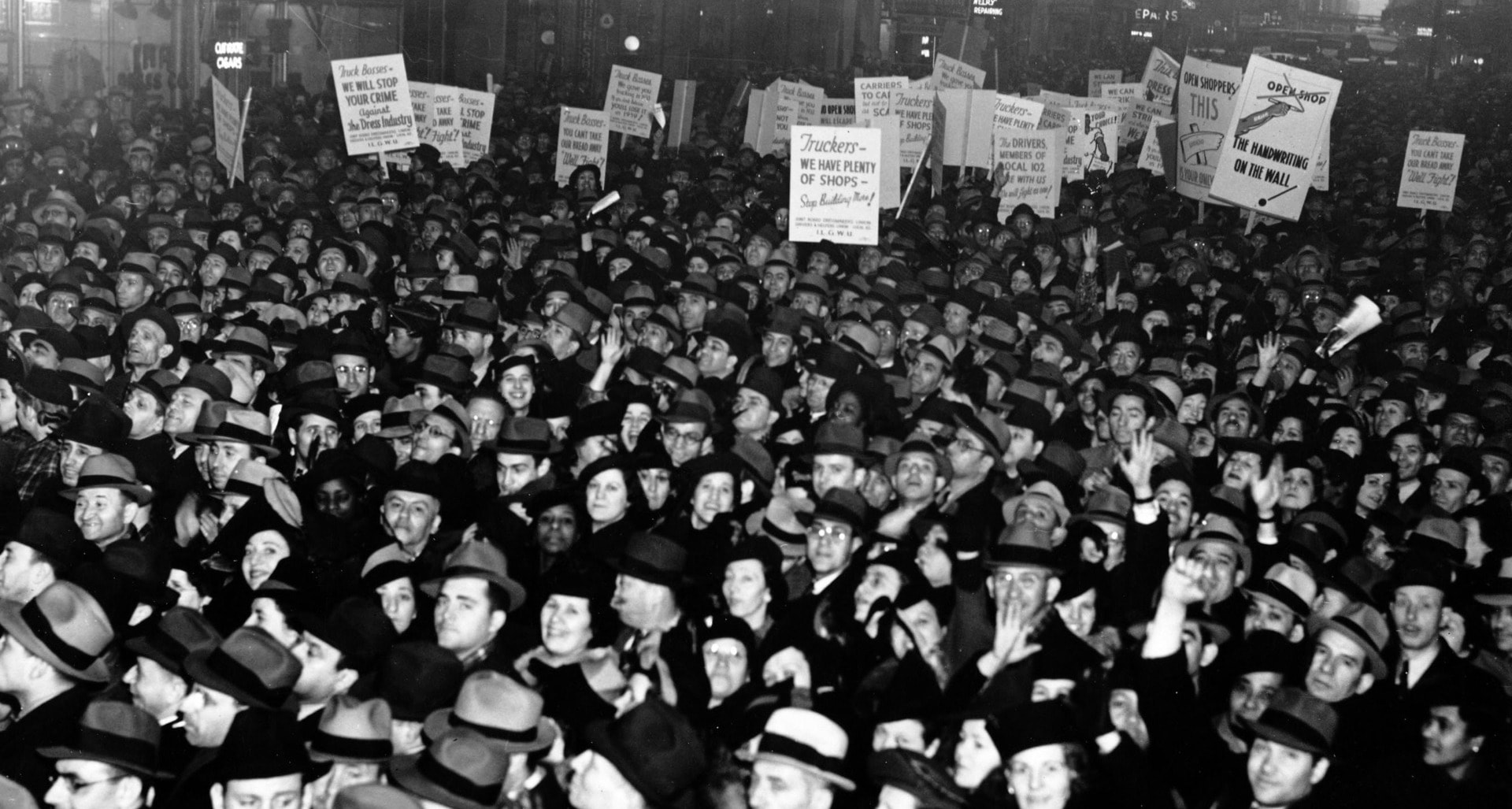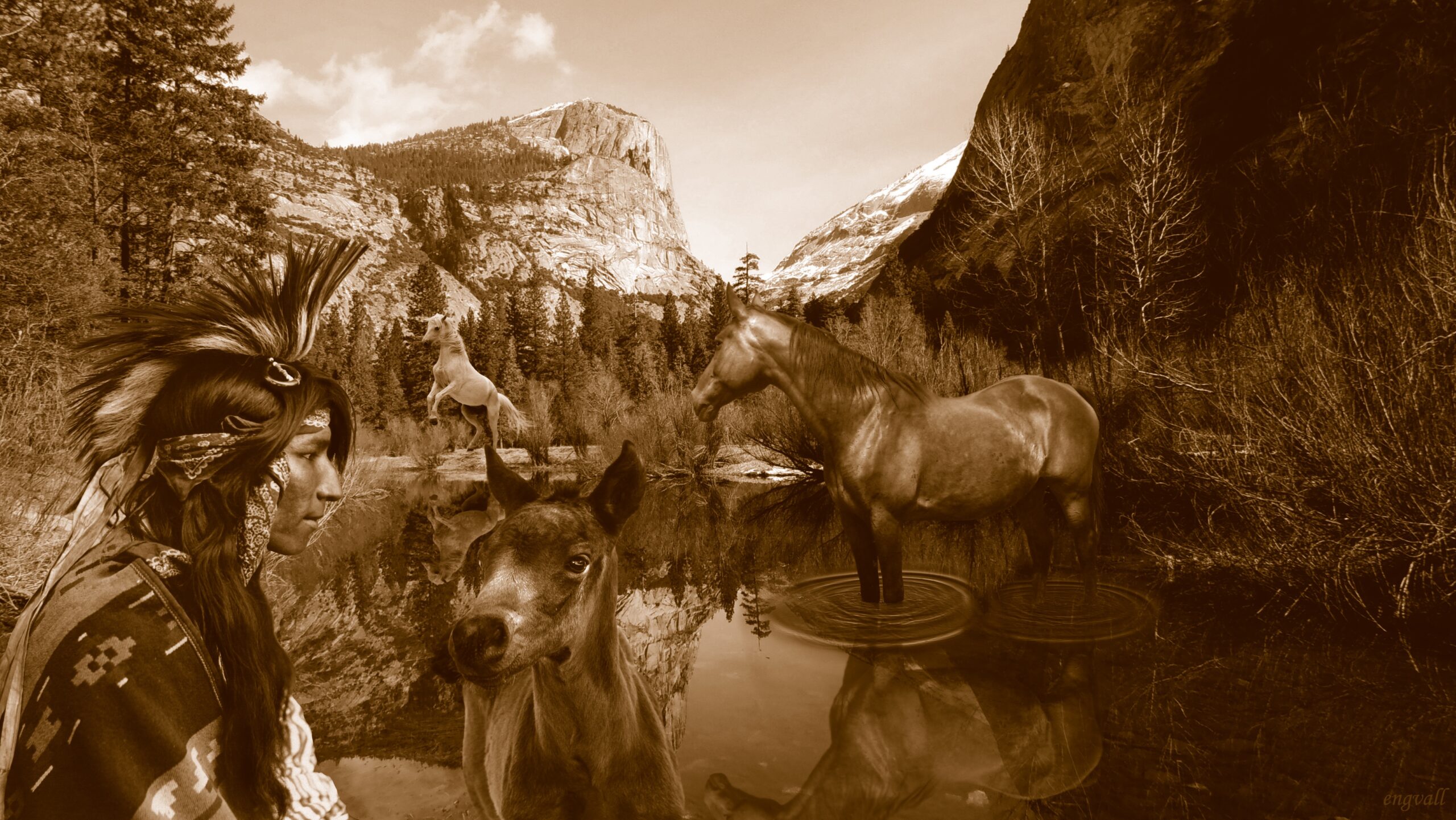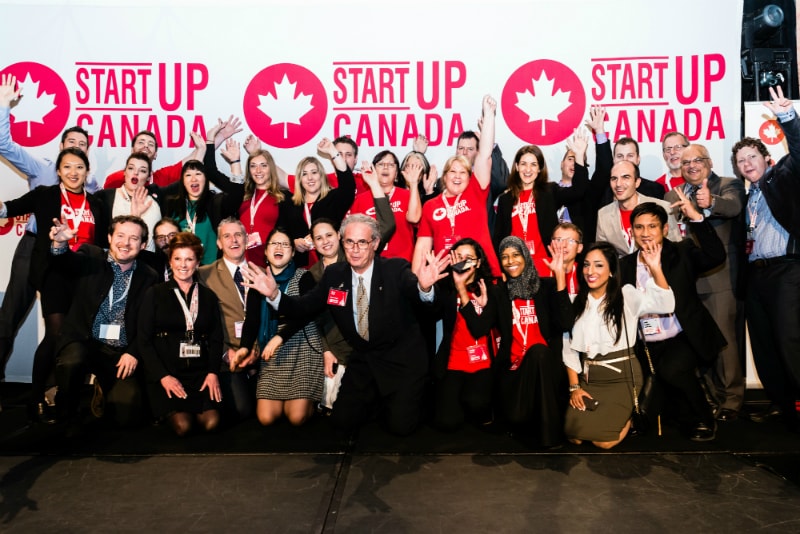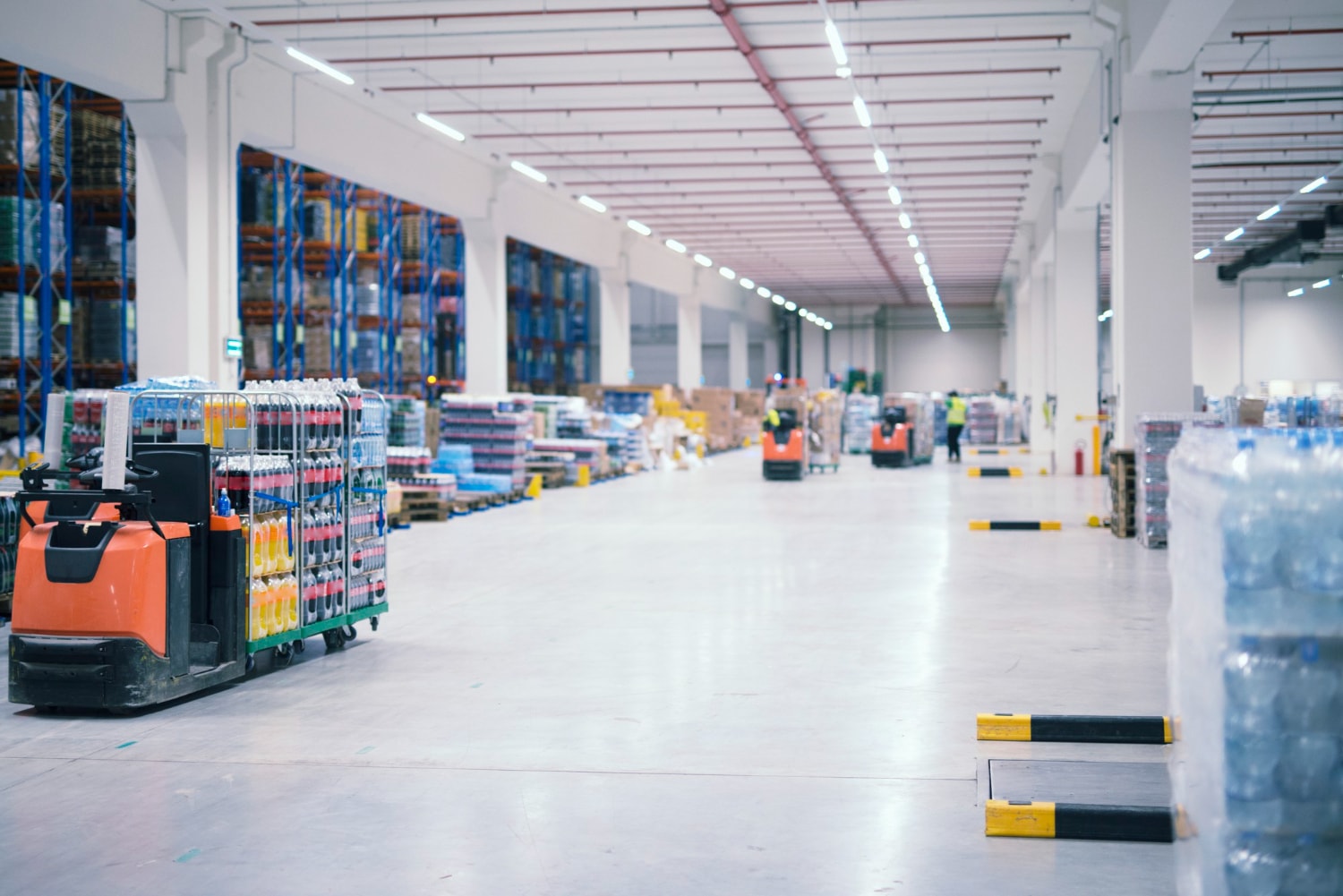Rêve en Vert is a sustainable fashion online boutique where you can find high quality and ethically produced designs from different brands and designers that are committed to the environment in different ways: using conscious materials, fair trade production, or supporting the local product.
Meet the founders, Cora and Natasha, who are two friends whose desire to make a change in the fashion industry brought them to start their online store together. I asked them some questions to learn more about Rêve en Vert and the present and future of sustainable fashion.
Q. Please tell me a little bit about your story – what made you start Rêve en Vert?
Cora: I was getting my MA in Environmental Politics when I heard that the fashion industry was the second worst industry in terms of environmental degradation. It made me want to shop more ethically, but it was hard to find designers that were both sustainable or ethical, and also aesthetical leaders. That’s when I had the idea to create a platform where it would be easy for people to find them.
Tash: I had spent time working on an organic farm and wanted to do something food related when I moved back to London. Although that didn’t happen, my experience there had made me much more conscious as a consumer. Cora and I had been friends for years and when she explained the idea of Rêve En Vert, it made total sense to me as that was how I wanted to shop and couldn’t. We decided to become partners and that was the beginning!
Q. Sustainable fashion has always been related to unattractive designs. What makes the brands that you support sustainable and fashionable at the same time?
We put a lot of work into selecting the brands that we carry. We have kept the criteria by which we judge brands to be sustainable as inclusive as possible as we really want to champion those labels making an effort towards better means of production. That being said, we also know that for this perception to change, they also need to be fashionable first and foremost as well. We work with a buyer who helps us make the final decision on who we decide to bring on, so we make sure all of the brands we stock are on trend as well.
Q. With all these years in the industry, have you seen an evolution in the number of consumers interested in sustainable fashion?
It’s definitely a growing trend. There is much more pressure on brands to become more transparent, as the numbers of conscious consumers increase all the time. Similarly, there is also a growing number of emerging fashion labels who are doing this inherently from the beginning, and as more brands get on board with this idea, they also begin to affect and increase the market for this as well.
Q. Given that marketing is constantly evolving, has being active on social media helped the growth?
Facebook is a huge traffic driver for us and actually leads to the most conversions of any form of social media, so it’s really important for us. That being said, what we really aim to do with it is to grow the community of people out there who are interested in this kind of fashion and to build a place where people can engage, not only on a consumer level, but through our editorial as well.
Q. In today’s society, why do you think people should be more conscious about what they wear?
We simply can’t go on treating the planet the way that we do and consuming fashion in the way and the amount that we do. It’s not a purely environmental problem either. There are now shocking statistics about the amount of broken down plastic that you can find in most pieces of cheap clothing. If you think about the fact that your skin is your largest organ, we are also putting ourselves at great risk health-wise from toxic textiles, and toxic dyes as well.
Q. Where do you think sustainable fashion will be in the next five years?
We would love for it to be the rule rather than the exception so that brands are being held accountable and are producing things in a much more sound way. The number of brands in the space is growing rapidly, and we would love for any emerging designers out there to integrate practices that adhere to more sustainable values and methods of production from the beginning. We also champion groups like Kerring, who have implemented strict criteria that their brands have to meet as far as sustainability is concerned, and we would love to see other large conglomerates follow suit.
Q. Is there any sustainable fashion brand/designer that you would really like to have at Reve en Vert and that you don’t have yet?
We would love to work with Maiyet in the future, and eventually it would be a dream to be able to include some heavy hitters like Stella Mccartney and Vivienne Westwood, who embed this in as much of their production as they can on Rêve En Vert.
Q. In what other aspects of your life do you try to take care of the environment?
We both talk all the time about how starting Rêve En Vert has made us both much more aware of everything in our lives. We only use eco-friendly cleaning products and organic or natural beauty products. We both recycle and try to minimize the amount of waste we are each responsible for. Both of us have given up eating anything that isn’t considered to be responsibly grown or sourced, and we both make concerted efforts to always support local businesses. In the studio, we are making a move towards solar energy and we are also working with a sustainability consultant to make sure, as a company, we are as ethical as we possibly can be too.
Q. What does the future hold for Reve en Vert?
We are in the midst of designing and producing another basics line and are looking to expand further into the luxury space by bringing on more brands. Further down the line, we would love to collaborate with other brands and make sustainable capsule collections alongside them.
Reve en Vert Instagram


